Heat Transfer In Non-newtonian Nanofluid CFD Simulation, Numerical Paper Validation
Heat Transfer In Non-newtonian Nanofluid CFD Simulation, Numerical Paper Validation
- Upon ordering this product, you will be provided with a geometry file, a mesh file, and an in-depth Training Video that offers a step-by-step training on the simulation process.
- For any more inquiries regarding the product, please do not hesitate to reach out to us at info@CFDLAND.com or through our online support assistant.
€260.00 Original price was: €260.00.€175.00Current price is: €175.00.
Heat transfer in non-Newtonian nanofluids represents an exciting frontier in thermal engineering that could revolutionize cooling systems! These special fluids combine the unusual flow properties of non-Newtonian fluids (which don’t follow simple flow rules) with the amazing thermal benefits of tiny nanoparticles suspended in liquid. First of all, unlike regular water or oil, non-Newtonian liquids can change their thickness depending on how fast you stir them – some get thinner when stirred quickly while others thicken up. Additionally, when engineers add aluminum oxide or other metal nanoparticles to these special liquids, the mixture carries heat much better than ordinary fluids, which means smaller pipes and pumps can do the same cooling job! Moreover, Xanthan-based nanofluids show particularly interesting behavior because the Xanthan gum molecules form complex structures that change how the fluid flows and transfers heat. The current study`s ultimate goal is to VALIDATE a valid reference paper entitled “ Modeling of forced convective heat transfer of a non-Newtonian nanofluid in the horizontal tube under constant heat flux with computational fluid dynamics” that focuses on non-Newtonian nanofluids containing Al2O3 and Xanthan aqueous solution. Notably, the reference paper is published in the International Communication of Heat and Mass Transfer journal.
- Reference [1]: Moraveji, Mostafa Keshavarz, Seyyed Mohammad Hossein Haddad, and Mehdi Darabi. “Modeling of forced convective heat transfer of a non-Newtonian nanofluid in the horizontal tube under constant heat flux with computational fluid dynamics.” International Communications in Heat and Mass Transfer7 (2012): 995-999.
Figure 1: Variation of heat transfer coefficient with Re [1]
Simulation Process
The Herschel–Bulkley model approximates the rheological behavior of viscous non-Newtonian liquids with a yield stress. This paper adopts a single-phase approach to model a combination of nanoparticles with non-newtonian fluid. Thus, an approximation of the preliminary steps is provided to calculate the thermal properties of the fluid. This simulation features a structured grid that rockets data quality.
Figure 2: Schematic of pipe domain [1]
Post-processing
The velocity contour tells us the other half of the story about our special non-Newtonian fluid! The fluid moves at a steady speed of 1.6 meters per second (that’s about walking speed) for most of the pipe length, but then suddenly slows down near the end until it completely stops. We precisely measured the velocity profile showing the gradual reduction from 1.6 m/s to 0 m/s within the final 0.001 meters of flow distance. This happens because our non-Newtonian fluid has special thickness properties that change when it slows down. Furthermore, when comparing our CFD simulation results with the scientific paper, we found amazing agreement! Our calculated heat transfer coefficient of 1733 W/m²·K is incredibly close to the reference value of 1710 W/m²·K – that’s only a 1.35% difference! This tiny error shows that our computer model correctly captures how the weird, goopy nanofluid moves and carries heat, which is super important for designing better cooling systems using these special fluids.
Given the target of our study, this report does not represent the analysis of temperature and velocity contours. They are all thoroughly explained in the reference paper. As illustrated in Figure 1, the solution’s heat transfer coefficient when Reynolds is 900 is about 1710 w/m2.K. Whereas the current CFD solution gives us a value of 1733 W/m2.K. This slight error is entirely acceptable and shows the precision of our study. The Numerical reference paper results are validated.
| Reference Paper | Current CFD Study | Error | |
| Heat Transfer Coefficient (W/m2.K) | 1710 | 1733 | 1.35% |
Figure 3: Velocity magnitude profile showing constant speed of 1.6 m/s throughout most of the flow path followed by rapid deceleration to zero
The temperature graph shows something really cool about how heat moves in our non-Newtonian nanofluid! Looking from left to right, the fluid temperature stays steady at exactly 295K for the first half of the journey, but then suddenly starts climbing higher and higher. We captured a significant temperature increase of 8.2K from 295K to 303.2K within a very short distance of just 0.001 meters! This sharp jump in temperature happens because heat from the pipe wall finally reaches the center of the fluid flow. Also, notice how the temperature curve isn’t a straight line but more like a curved ramp that gets steeper toward the end. This special curve shape tells us that the heat transfer happens faster as the fluid gets warmer, which is exactly what we want to see in a good nanofluid that can carry lots of heat. The Al2O3 nanoparticles in our fluid work like tiny heat highways that help warmth travel through the thick Xanthan solution much faster than it normally would.
Figure 4: Temperature distribution along flow position showing initial constant temperature of 295K followed by rapid increase to 303.2K near outlet
We pride ourselves on presenting unique products at CFDLAND. We stand out for our scientific rigor and validity. Our products are not based on guesswork or theoretical assumptions like many others. Instead, most of our products are validated using experimental or numerical data from valued scientific journals. Even if direct validation isn’t possible, we build our models and assumptions on the latest research, typically using reference articles to approximate reality.
Yes, we’ll be here . If you have trouble loading files, having technical problems, or have any questions about how to use our products, our technical support team is here to help.
You can load geometry and mesh files, as well as case and data files, using any version of ANSYS Fluent.
€190.00 Original price was: €190.00.€95.00Current price is: €95.00.

€265.00 Original price was: €265.00.€135.00Current price is: €135.00.

€245.00 Original price was: €245.00.€185.00Current price is: €185.00.

€245.00 Original price was: €245.00.€199.00Current price is: €199.00.

€240.00 Original price was: €240.00.€115.00Current price is: €115.00.

€280.00 Original price was: €280.00.€145.00Current price is: €145.00.



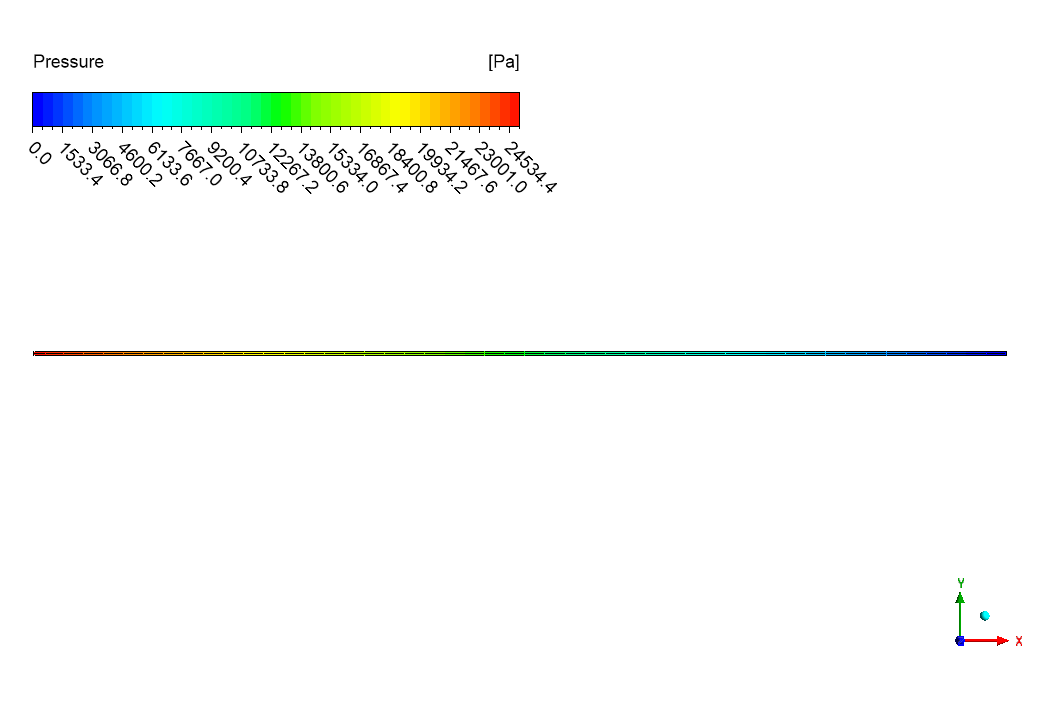

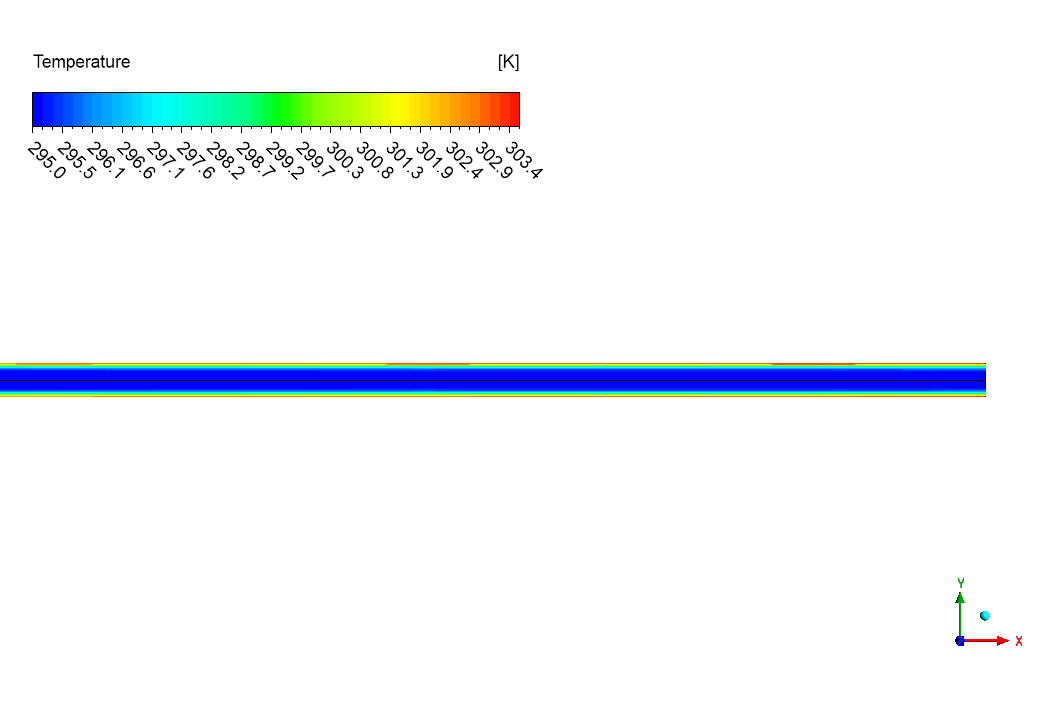
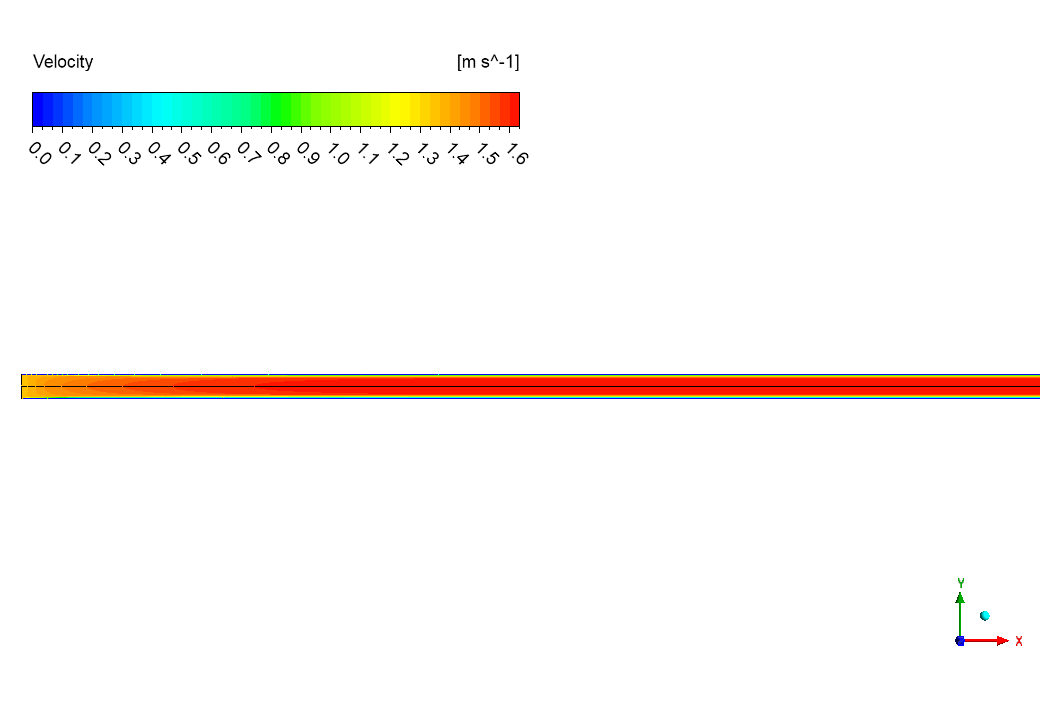
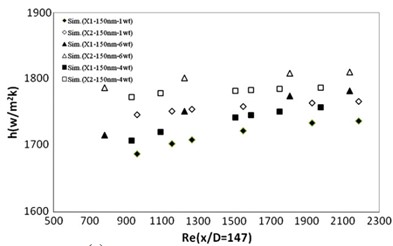

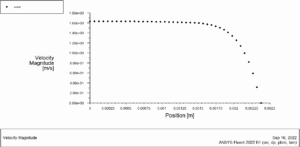
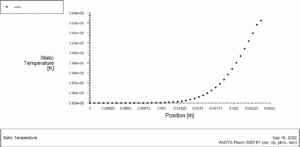





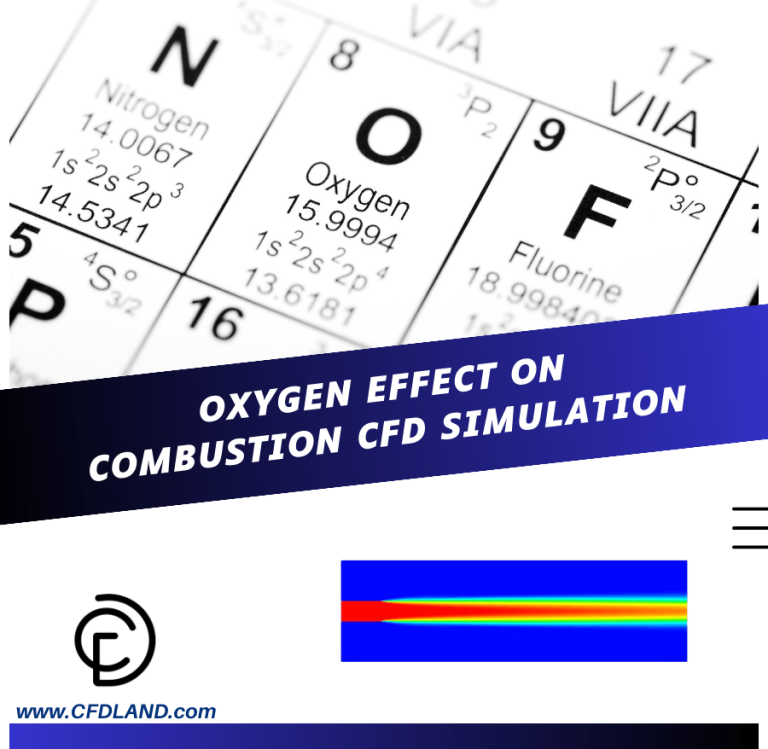

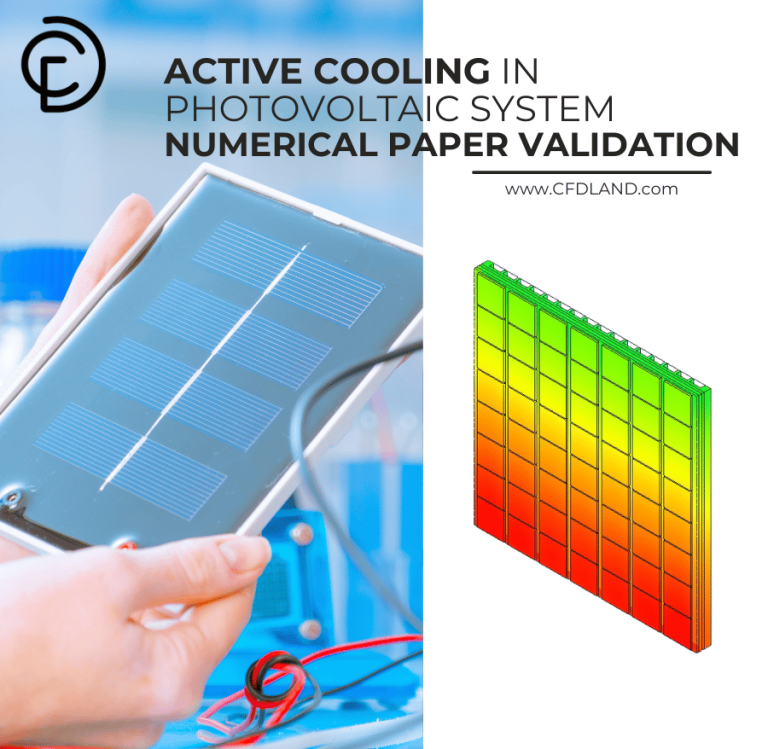
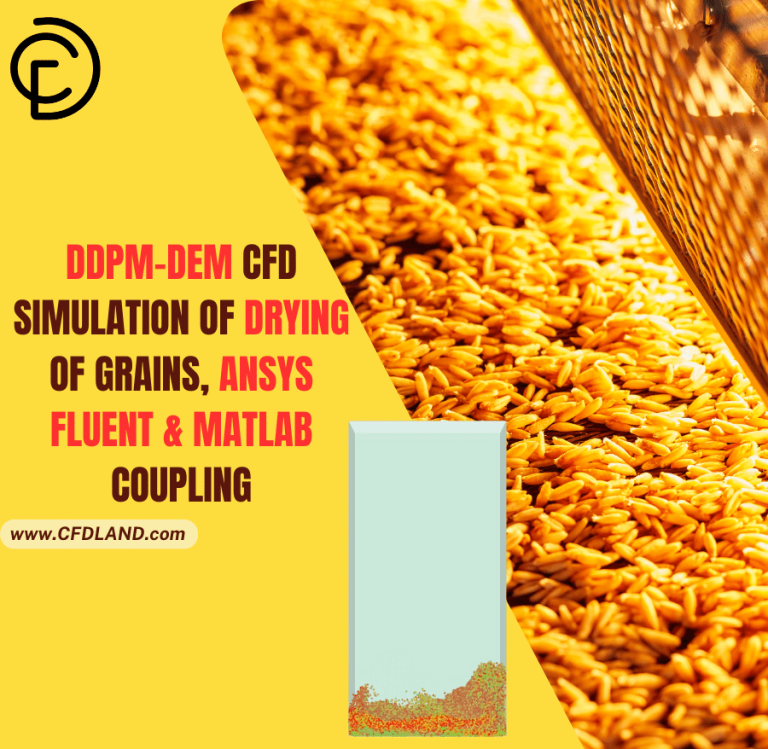
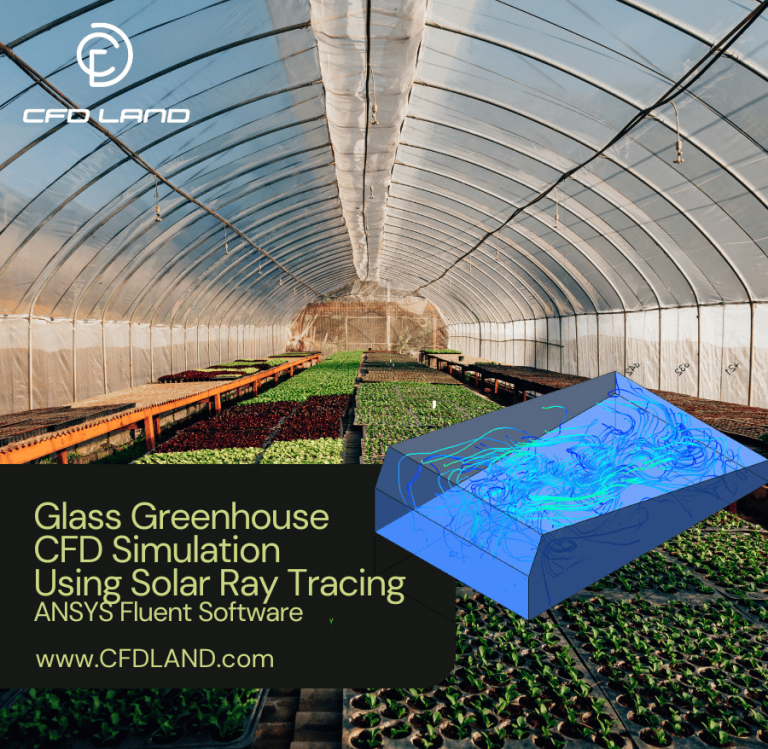

Reviews
There are no reviews yet.